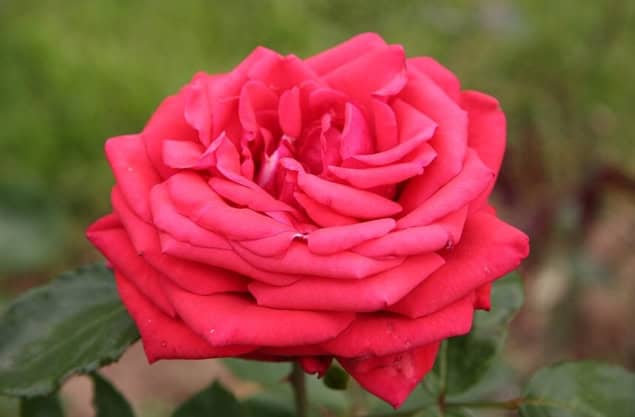The mechanics behind rose petal shapes revealed
 |
Roses have been cultivated for thousands of years and are admired for their beauty. Despite their use in fragrance, skincare, and even teas and jams, there are some things we still don’t know about these symbolic flowers.
And that includes the physical mechanism behind the shape of rose petals.
The curves and curls of leaves and flower petals arise due to the interplay between their natural growth and geometry.
Uneven growth in a flat sheet, in which the edges grow quicker than the interior, gives rise to strain. In plant leaves and petals, for example, this can result in a variety of shapes, such as saddle and ripple shapes.
Yet when it comes to rose petals, the sharply pointed cusps—a point where two curves meet—that form at the edge of the petals set them apart from the soft, wavy patterns seen in many other plants.
While young rose petals have smooth edges, as the rose matures, they change to a polygonal shape with multiple cusps.
To investigate this intriguing difference, researchers from The Hebrew University of Jerusalem carried out theoretical modelling and conducted a series of experiments with synthetic disc “petals”.
They found that the pointed cusps at the edge of rose petals are due to a type of geometric frustration called a Mainardi-Codazzi-Peterson (MCP) incompatibility.
This type of mechanism results in stress concentrating in a specific area, which go on to form cusps to avoid tearing or forming unnatural folding.Read more

When the researchers suppressed the formation of cusps, they found that the discs reverted to being smooth and concave.
The researchers say that the findings could be used for soft robotics applications and even the deployment of spacecraft components.
And it also goes some way to deepen our appreciation of nature’s ability to juggle growth and geometry.
FROM PHYSICSWORLD.COM 4/5/2025
Δεν υπάρχουν σχόλια:
Δημοσίευση σχολίου